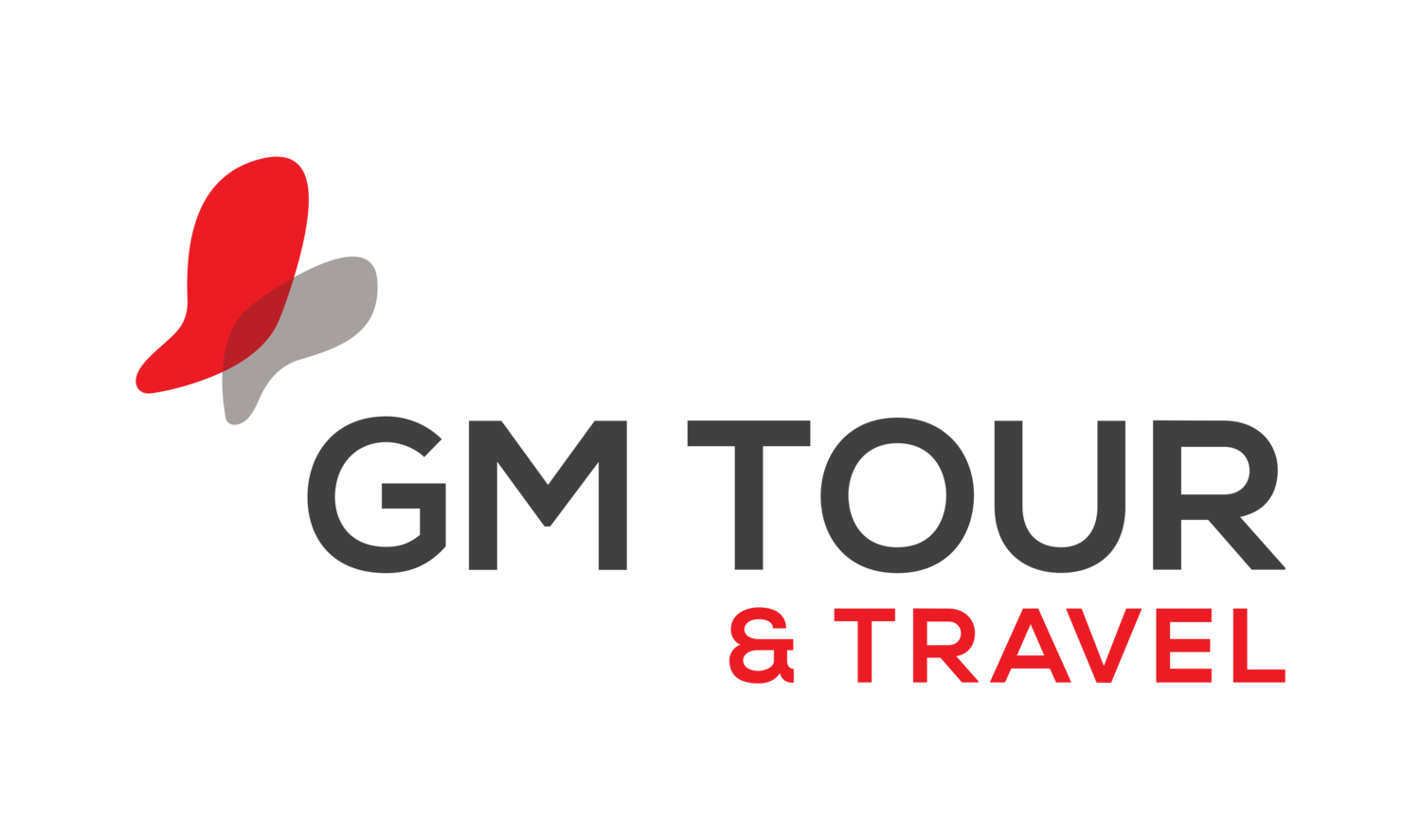Public Transportation in Bangkok
By planning your trip to Thailand using a full-service travel agency, you can arrive in your destination city knowing where to go and what to see. Whether traveling for business or pleasure, you’ll maximize the quality time you spend at your destination and also save money.
Bangkok is a vast city. It’s also one of the most popular cities in the world to visit. For years, visiting Bangkok meant spending large amounts of time waiting in traffic or wandering around lost instead of seeing the world-famous sights of the city. All that has changed as Bangkok has embarked on a public transportation modernization plan that is well on its way to making the city one of the easiest and fastest to navigate.
Bangkok has always had a variety of public transportation methods that residents could use to avoid the notoriously congested and slow street traffic. Water taxis, motorbikes, tuk-tuks, and taxis, made up a loosely connected network that you could use to get across the city efficiently during rush hour, but you had to know how to use them and communicate your destination to the drivers.
Nowadays, the BTS Skytrain, MRT, Airport Express, and water taxis on the Chao Phraya River provide a much more efficient way for tourists and business visitors to get around the city. We'll introduce you to these four options and pass along some tips on using the more traditional methods of public transportation.
Bangkok Rapid Transit Rail Transportation
Most residents of Bangkok recognize Sukhumvit Road as being the "main street" of the city. This road stretches for many kilometers through Bangkok. It’s home to some of the most upscale residential condos and the city's best entertainment, shopping, and restaurants. It's also the site of Bangkok's original light rail transportation system, the BTS Skytrain.
Sukhumvit Road serves as the central hub of the three rapid transit rail systems in Bangkok. The systems are all interconnected, though you need separate tickets to travel on them. Nonetheless, you can get on the Airport Express at Suvarnabhumi Airport and quickly arrive at your hotel in Bangkok, provided it's located along the Airport Express, MRT, or BTS lines. There's no longer any need to wait in the taxi queue at the airport or in bumper-to-bumper traffic.
Airport Express
The Airport Express runs from 5:30 AM to midnight. It’s the least expensive and quickest way into the city from the airport. When you arrive at Suvarnabhumi Airport, simply go down to the basement (there are signs in English posted all over the airport). There are two options for paying for your fare. You can buy a token from one of the machines outside the entrance gates to the train, or you can buy a Smart Pass online and pick it up at the airport when you arrive.
The touch-screen machines only accept Thai banknotes or coins. Select the station you want to travel to on the map displayed on the touch-screen and insert the requested fare. There are six stations to choose from, and the fare is calculated from THB 15 to 45, depending on the distance. If you choose the Makkasan or Phya Thai stations near Sukhumvit Road, you can easily transfer to the MRT or BTS, respectively.
Bangkok MRT
The MRT is the newest rail transportation system in Bangkok, and when completed, it will provide daily transport for residents across the entire city. It already makes life easier for millions of commuters.
The system runs mainly underground and requires a separate fare from the BTS and Airport Express. There are two types of fare on offer. You can buy a single token from any of the touch-screen machines in the boarding hall outside the gates, or you can buy a stored-value pass at the ticket office located near the machines. It's suggested that you buy a THB 180 pass (which includes a THB 50 deposit) if you plan on staying in Bangkok for a couple of weeks and using the MRT often, as during rush hour, long lines can form at the single token machines.
There are maps near the machines showing the location of MRT stations all over the city. There are also corresponding maps on the ticket machines with English translations. Simply press the station you want to reach, and the machine will tell you how much money to deposit.
BTS Skytrain
The BTS connects the Silom area with the Sukhumvit Road area. It runs on overhead rails and offers tourists a nice view of both parts of the city. Like the two other rail transit systems, you have a choice between a single-journey ticket and a stored value card. When you enter a BTS station, you'll see pillars with maps and ticketing machines. You'll also see a ticketing office near the entry gates. The machines issue single-journey tickets, and the ticketing office sells stored value cards. To buy a stored value card as a visiting foreigner, you must show your passport. The pass costs THB 150, including a THB 50 deposit. You can add money to it in increments of THB 100.
The BTS also interconnects with the water taxi service along Bangkok’s Chao Phraya River. Simply get off at the Saphan Taksin station on the Silom BTS line, and follow the signs to Sathorn Pier.
Water Taxis on Chao Phraya River
There is another way to see all the sights along the Chao Phraya River. A special blue-flagged water taxi enables visitors to jump on and off at all the piers along the river. This is the perfect way to save time and money and see Bangkok's old town and Chinatown areas.
The special tourist water taxi offers three fare options. The THB 300 fare allows you to travel from 9 AM to 8:30 PM. The THB 200 fare enables you to use the water taxi from 9 AM to 5:30 PM, and the third fare is from 3 PM to 8:30 PM and also costs THB 200. Simply go to the blue-flagged kiosk on any pier to buy your ticket.
Navigating Traditional Forms of Transport in Bangkok
There may come a time on your visit when the only way to reach a destination in Bangkok is to take to the streets. There are three digital apps you should know about that can make the journey easier for non-residents.
Downloading Bolt and Grab can make it easier to book a reliable taxi. Bolt generally works out a bit less expensive than Grab, but there are fewer cabs available. Simply enter your destination and wait for the closest driver to respond with their license plate number so you can identify them when they arrive.
For those who want to experience the city bus systems, there’s also an app for that! Viabus is an app with a Bangkok map that shows you the number and route of every bus in the city. It can be a lifesaver for a visitor trying to get somewhere in the city by bus.
Lastly, most visitors notice motorbikes zipping around with drivers wearing bright orange vests. These are motorbike taxis, one of the most unique ways to get around Bangkok. You’ll find them gathered at street corners, and they offer rides to people who don't need to go too far around the neighborhood. A ride of a kilometer or two will rarely cost more than THB 50. They’re a quick and easy way to get to the nearest MRT or BTS station.
GM Tour
There’s always a period of getting your bearings when visiting a city for the first time. With the extra guidance and knowledge that GM Tour can provide about your destination, you’ll always be able to travel the city like a local. Book your corporate trips to Thailand with GM Tour and discover the difference a full-service travel agency can make.


